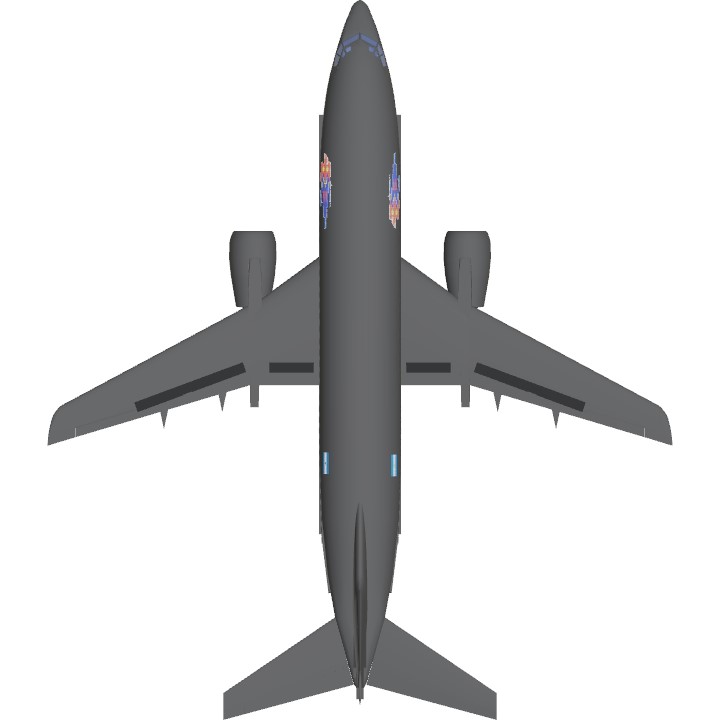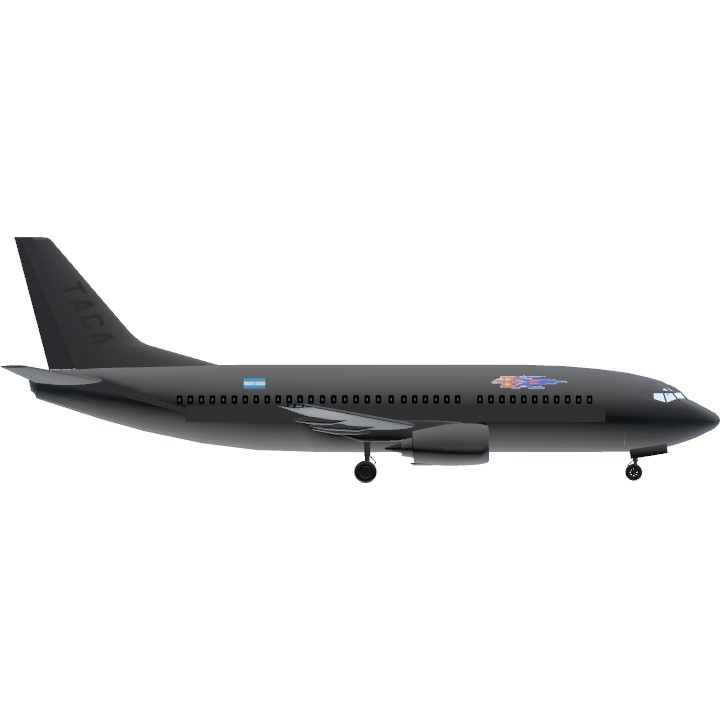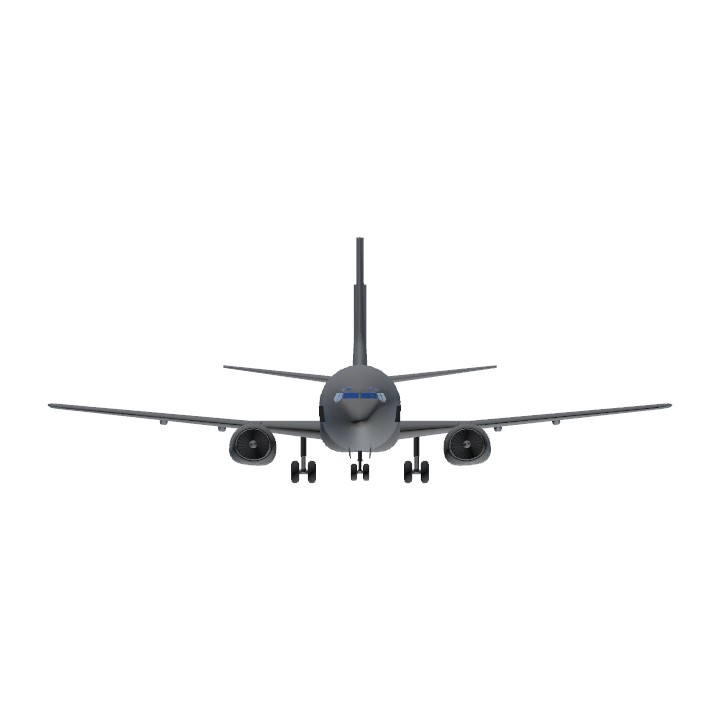About TACA flight 110:
Investigation by the National Transportation Safety Board (NTSB) revealed that as the Boeing 737-3T0 aircraft was in descent mode from FL 350 (about 35,000 feet or 11,000 metres) on final approach to its destination in preparation for their impending arrival at New Orleans International Airport, the pilots noticed substantial thunderstorm activity visible ahead and on their onboard weather radar and noticed areas of light to moderate precipitation in their path, depicted as green and yellow areas, as well as "some isolated red cells" indicative of heavy precipitation to both sides of their intended flight path. They attempted to fly in between two intense red weather cells visible on their radar.[7]
The flight entered overcast clouds at FL 300 (about 30,000 feet or 9,100 metres), with the pilots selecting "continuous ignition" and turning on engine anti-ice as a precaution to protect their turbofan engines from the effects of precipitation and icing, either of which is capable of causing a flameout, where the engines lose all power. Despite flying a route between the two areas of heavy precipitation shown on radar, they entered an intense thunderstorm and encountered heavy torrential rain, hail, and turbulence.
A few minutes later, as the aircraft was descending through 16,500 feet (5,000 m), both CFM International CFM56 turbofan engines experienced a flameout, which resulted in the loss of all generated electrical power, leaving the jet gliding powerlessly with neither engine producing thrust or electrical power. Both engines' thrust levers were set at their flight-idle power setting in preparation for landing just before the flameout occurred. The auxiliary power unit (APU) was started as the plane descended through 10,500 feet (3,200 m), restoring electrical power and hydraulics.
While attempts to "windmill re-start" the engines using the airflow generated by the plane's descent were unsuccessful, the pilots were eventually able to reignite them by following the standard restart procedure, using the main engine starters, which were powered by the APU. However, shortly after being restarted, neither engine produced more than idle power and did not spool up to a point where it was producing meaningful thrust, much less high thrust. Attempts to advance the throttles only resulted in overheating of the engines, so the pilots shut down both engines to avoid a catastrophic engine fire. First Officer Lopez transmitted a Mayday call over the radio, but despite the New Orleans air traffic controllers' assistance by offering vectors to a closer airport at Lakefront, it was too far.
At this point, realizing that reigniting both damaged, malfunctioning engines was futile, the pilots scouted the area and contemplated their options for a crash-landing on the swampy wetland, as no runway was reachable with the remaining altitude and airspeed. As the aircraft descended through the lower layer of storm clouds, the pilots initially decided to ditch in the Gulf Intracoastal Waterway with the flaps and gear retracted. Dárdano lined up with the canal in an industrial area east of the airport and stretched the glide, to try to have it glide the longest possible distance without stalling while First Officer Lopez went through the ditching checklist, and configured the aircraft for a water landing.
Lopez spotted a grass levee to the right of the canal, and suggested that the emergency landing be attempted there. Dárdano agreed and, using sideslip to reduce speed while dropping the altitude necessary to reach the narrow grass levee, successfully carried out an emergency landing of the crippled plane. The levee stands on the grounds of the NASA Michoud Assembly Facility (MAF) in eastern New Orleans, near the Intracoastal Waterway's confluence with the Mississippi River Gulf Outlet.
Investigation:
NTSB investigators determined that the aircraft had inadvertently flown into a level 4 thunderstorm and that water ingestion had caused both engines to flame out, during descent with lower engine RPM, despite them being certified to meeting Federal Aviation Administration (FAA) standards for water ingestion. The aircraft suffered mild hail damage, and its right-side (number 2) engine was damaged from overheating.[7]
The landing site of TACA 110.
To avoid similar problems in the future, the engine manufacturer, CFM International, modified the CFM56 engine by adding a sensor to force the combustor to continuously ignite under heavy rain or hail conditions.[citation needed] Other modifications were made to the engine nose cone and the spacing of the fan blades to better deflect hail away from the engine core. Also, additional bleed doors were added to drain more water from the engine.
Specifications
General Characteristics
- Predecessor Boeing 737-300 TACA Airlines
- Created On iOS
- Wingspan 95.4ft (29.1m)
- Length 109.8ft (33.5m)
- Height 37.5ft (11.4m)
- Empty Weight 73,193lbs (33,199kg)
- Loaded Weight 108,827lbs (49,363kg)
Performance
- Power/Weight Ratio 808.352
- Wing Loading 69.8lbs/ft2 (340.9kg/m2)
- Wing Area 1,558.7ft2 (144.8m2)
- Drag Points 10620
Parts
- Number of Parts 593
- Control Surfaces 13
- Performance Cost 2,459





@AeroflotBilibili Carlos Dardano was a hero!
He was the Salvadoran Sully.
嘻嘻,我是投稿人,我也是第一个下载的我希望大佬以后越来越火